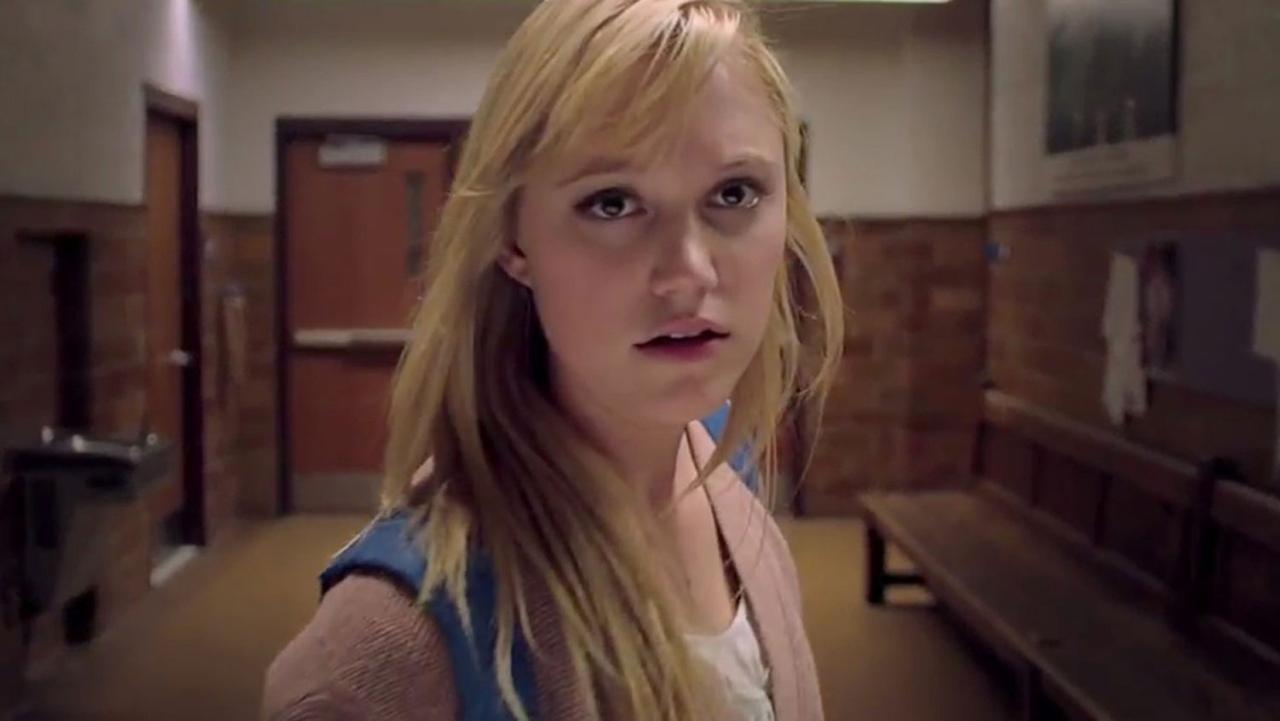
The horror genre employs a number of techniques to scare audiences, whether it be gore that makes us flinch, psychological chills that mess with our minds or playing on our deep, dark childhood fears. But one long standing technique used in horror is that of the jump scare. Not only is it an enduring aspect of the genre, but it is one of the simplest yet most effective techniques.
One of the greatest things about that jump scare is its ability to fit seamlessly into any subcategory of the genre. For example, jump scares are used in traditional horror films such as Halloween and Carrie, but they also work just as well in sci-fi horror such as in Signs and The Thing and even in dramas such as Mulholland Drive and Unbroken.
For some, the jump scare is seen as a rather crude and rudimentary technique, but regardless of whether audiences see it as a clever bit of filmmaking or a lazy one, it cannot be argued that jump scares work on the even the bravest and most unflinching audiences.
10. Candyman (1992) – The medicine cabinet
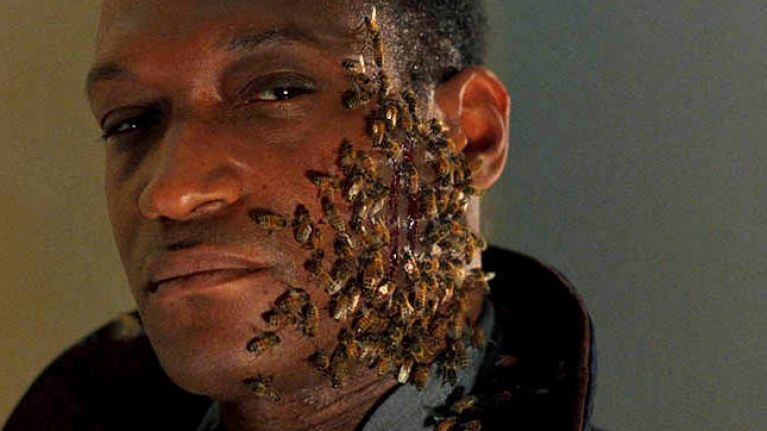
The film: Researching urban folklore and superstitions in the housing projects in Cabrini Green, Helen, a student from the University of Chicago investigates the legend of the Candyman who supposedly appears when someone looks in the mirror and repeats his name five times. But it is only after a mysterious man matching the Candyman’s description begins stalking her, that Helen begins to realise that the legend may be true.
The scene: Helen approaches the bathroom mirror and stares at her reflection. She opens the medicine cabinet and turns around, suddenly the Candyman’s hook crashes through the cabinet.
In this scene, the tension is built up in a way that suggests that something might happen but because of the focus on the mirror, it is expected that something will appear in the mirror. So when the hook crashes through the actual cabinet, it is an effective jump scare.
Trivia: The bees that feature in Candyman were real and bred specifically for that purpose, only twelve hours old so their stings were less powerful. Tony Todd allowed his face to be covered with bees and to have bees put into his mouth. Overall, he was stung twenty-three times. But it wasn’t all bad, as his lawyer had negotiated a contract where he was paid a bonus each time he was stung – a thousand dollars a sting.
9. Friday the 13th (1980) – Jason in the lake
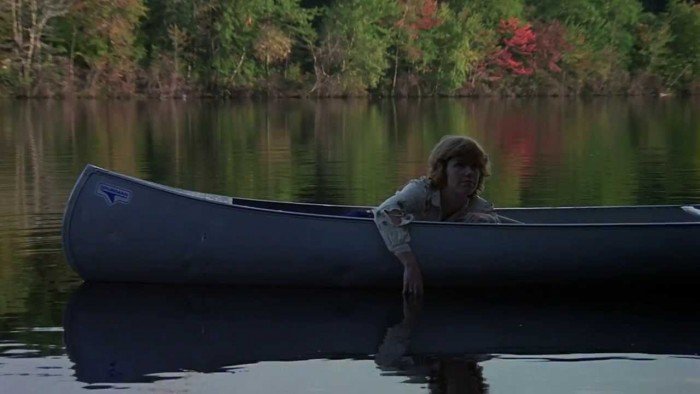
The film: Camp Crystal Lake is reopened many years after being cursed by terrible events. Although the cautious locals warn against it, a group of young counsellors decide to stay at the deserted summer camp. Soon they find themselves in a fight for their lives as they are picked off one by one by a crazed murderer.
The scene: Finally, it seems as though Alice is headed towards safety, as she drifts towards the policemen on a canoe. Raising her head, she looks at them in relief. When suddenly, Jason appears from the depths of the lake and drags her under.
Lulled into a false sense of security, as the audience believes that the film is coming to an end and Alice is safe now, Jason suddenly appearing is both terrifying and shocking.
Trivia: The filmmakers never intended for this film to launch a franchise. Jason was only meant to be a plot device and it was never intended or thought that he would carry on his mother’s murdering ways and grisly work.
8. Jaws (1975) – Jaws appears next to Brody
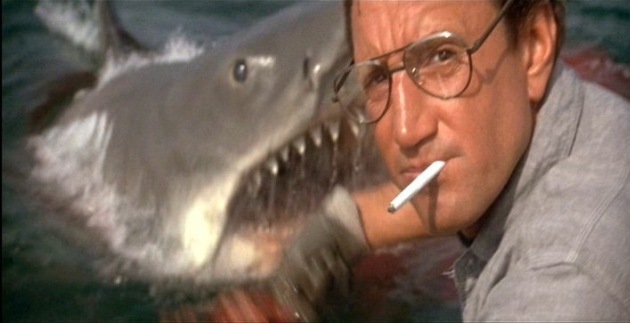
The film: When a woman is killed after going for a late-night swim, her remains cause Police Chief Brody to suspect that there may be a shark on the loose. However, the Mayor refuses to close the beaches, mindful of the roaring summer tourist trade. But after more victims are discovered, Brody teams up with a visiting ichthyologist and local fisherman to get rid of the dangerous predator once and for all.
The scene: As Brody churns the water, he shouts up to Quint when suddenly Jaws appears behind him.
In this scene, Brody is cleverly kept to the right of the frame but because his actions are otherwise mundane, we do not expect to suddenly see Jaws fill the left of the frame, causing a jump scare.
Trivia: The other jump scare scene in the film was not originally scripted. Director Steven Spielberg added it in because he “got greedy” after seeing the test audiences’ reactions to the above-mentioned scene.
7. The Exorcist III (1990) – The hospital scene
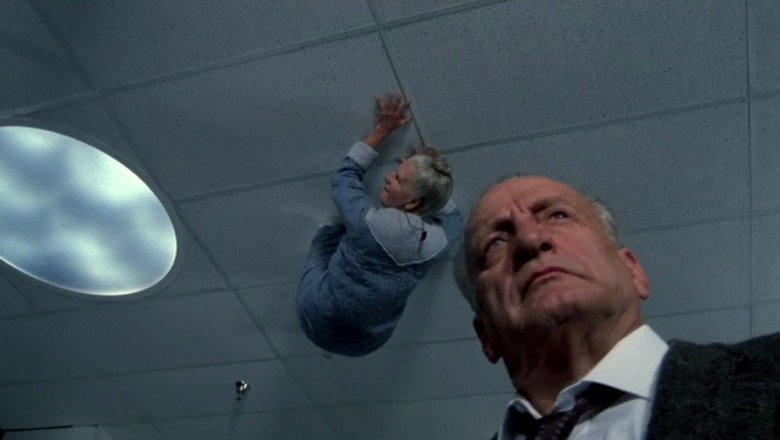
The film: When a police detective starts noticing similarities between his current murder investigation and the crimes carried out by a murderer who was executed fifteen years ago, he soon discovers a man who claims to be the dead serial killer. Visiting the hospitalised mental patient, he begins to investigate how the two men may be connected.
The scene: We watch a long shot of the hospital corridor as a nurse checks a room and then comes out of it and locks it. As she walks away, suddenly a figure appears behind her and decapitates her.
Often cited as one of the scariest scenes in horror, this jump scare is so effective because it is so sudden and unexpected. It is also horribly violent.
Trivia: The film is based on the novel Legion by William Peter Blatty. It was decided that it would be called The Exorcist III for commercial reasons, even though it doesn’t feature any exorcisms. After principal photography, the misleading title was noticed, and producers decided to add in additional scenes in order to make the film more viable as a sequel to The Exorcist.
6. Poltergeist (1982) – The creepy doll under the bed
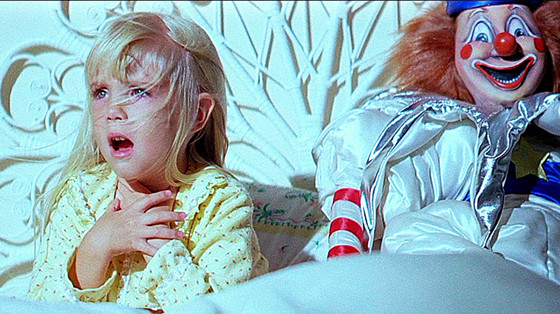
The film: The Freelings live an ordinary life as your typical Californian family, until one night when strange and mysterious things begin to happen in their house. They are drawn to the television set, where ghosts begin to commune with them. At first the interactions are friendly but when the youngest daughter goes missing, the Freelings are forced to call in the help of an exorcist.
The scene: Robbie looks at the clown doll sitting at the end of his bed and throws a cushion at it, causing the bell on its hat to jingle. Settling down to sleep, he sits up again to see that the doll has moved. He looks around for it, and slowly looks under the bed on one side before carefully looking on the other side. As he sits up, the clown is behind him.
Another clever piece of misdirection as the scene is played out as though the doll will appear under the bed. When the doll appears behind Robbie, it is sudden and violent.
Trivia: This was Steven Spielberg’s first film as a producer. In the scene where the hands pull the flesh off of the investigator’s face in the bathroom mirror, the hands are Spielberg’s.